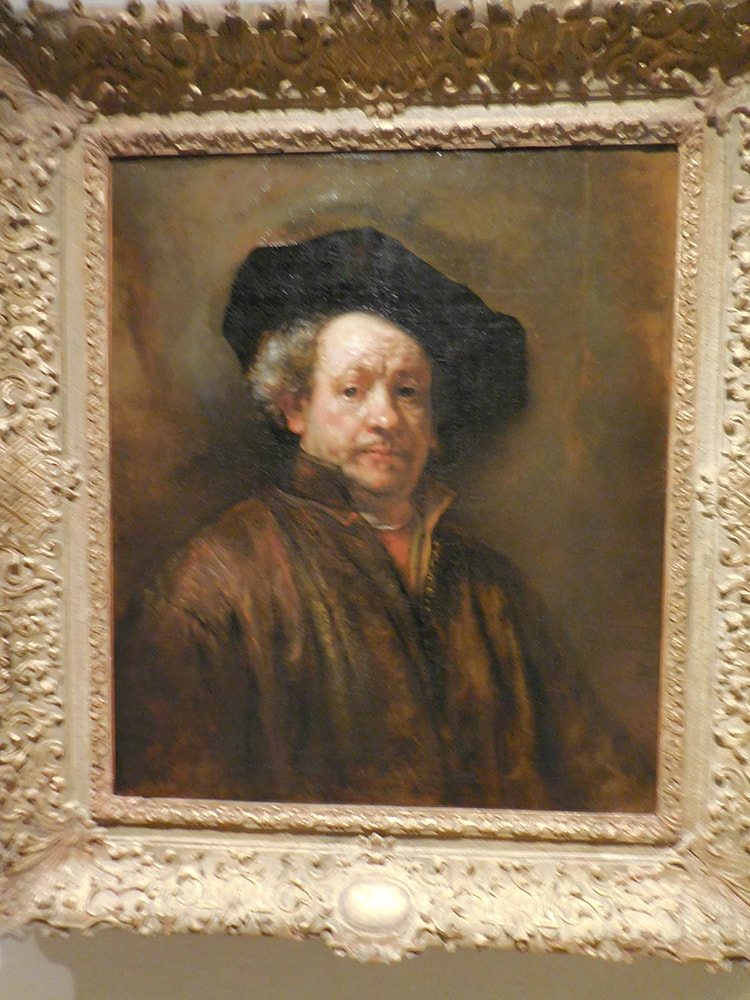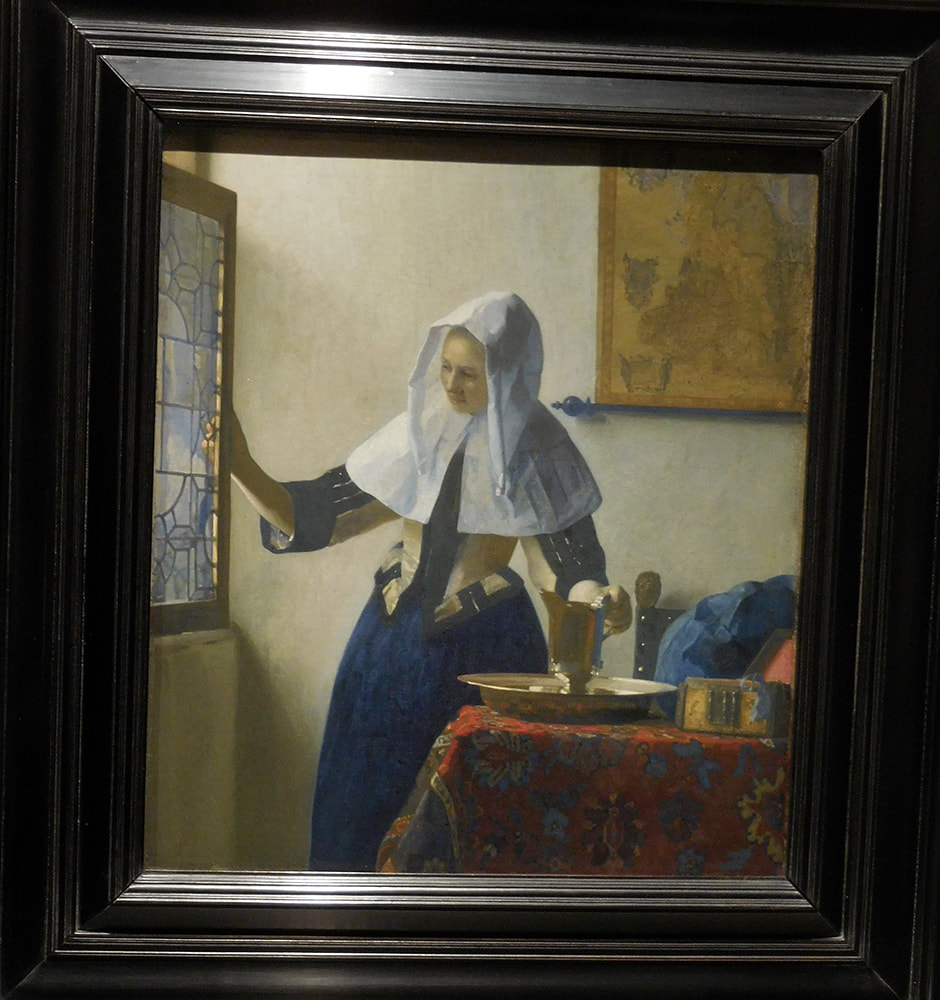"In Praise of Painting: Dutch Masterpieces at the Met" “In Praise of Painting: Dutch Masterpieces at the Met” presents 67 works from the Golden Age of Dutch art.
New York's Metropolitan Museum has been collecting 17th century Dutch art since it was founded in the 1870s and has amassed a collection that is impressive both in quality and quantity. This large exhibition allows the museum to present its collection of Dutch Golden Age paintings together and to include works that are not usually on display. As a result, works by superstar artists such as Rembrandt, Vermeer and Hals are placed in their artistic context along side lesser known contemporaries. This provides a different perspective on the superstar artists' work as well as revealing the depth of Golden Age art. The Dutch Republic gained independence from Spain in 1648 after 80 years of warfare. Energy abounded in the new nation and was released through the creation of a great mercantile economy. It was a people erecting a new culture. Their society was cleaner, more tolerant (relatively), and more literate than elsewhere in Europe and they had an interest in science, mathematics and geography. There was a spirit of optimism. Painting also flourished. The bourgeois wanted paintings to cover the walls of their houses. This demand led many people to become painters. It is estimated that a million pictures were created in just a few decades. However, competition was fierce and only a few were able to make a good living on art alone. One category of painting that was in high demand was portrait painting. The prosperous merchants wanted to have a record of what they looked like. To satisfy this demand, there were artists of genius, most notably Rembrandt and Frans Hals. At the same time, the Dutch were also interested in having a record of everyday life in their society. In this regard, boisterous, sometimes bawdy and often comic scenes were popular subjects. Among the paintings illustrating this category are Frans Hals' “Merrymakers at Shrovetide”and “Young Man and Woman at an Inn” as well as Jan Steen’s “The Dissolute Household.”. Along the same lines, scenes of domestic life including women going about their everyday tasks interested artists. The master of this genre, of course was Johannes Vermeer, who is represented in the exhibition by several paintings including “Young Woman with a Pitcher.” The Dutch artists were also interested in developing new subjects. Until this time, landscape painting was chiefly done as backgrounds for portraits and history painting. Dutch artists pioneered painting landscapes as independent subjects. Some such as Jacob van Ruisdael (“Wheat Fields“) sought to record the terrain of the new nation. Other artists were inspired by travel and contemporary Dutch exploration of the outside world (e.g. Frans Post’s “A Brazilian Landscape”. Another subject that Dutch artists were developing during this period was the still life. Included here is Margareta Haverman’s “Vase of Flowers” — one of only two known paintings by the artist and the only painting by an early modern Dutch woman in the Met's collection. It is worth noting that in 17th century Holland, you could not simply set oneself up as an artist. Rather, one had to become a member of a guild and to qualify for a guild you had to study with a master for six years. While the Dutch were more open-minded than most societies of that era, it would have been no simple task for a woman to overcome such hurdles. The exhibition gives special attention to Rembrandt. He was the leading artist of his day. He was also the most influential with a large studio of pupils and setting the standard against which other artists had to compete. The exhibition includes a marvelous late self-portrait as well as paintings of his wife and the masterpiece “Aristotle With A Bust of Homer.” Viewers can compare these works with those of Rembrandt's pupils and contemporaries. This exhibition is not only rich in artistic experiences but because of its comprehensive scope, it provides more insight into the society that gave birth to these paintings than is normally provided in a smaller exhibitions. |
Above left: Rembrandt van Rijn "Self-Portrait".
Above right: Frans Hals "Young Man and Woman at an Inn." Below: "Young Woman with a Pitcher" by Johannes Vermeer. |
Art review -Metropolitan Museum of Art - "In Praise of Painting: Dutch Masterpieces at the Met”



